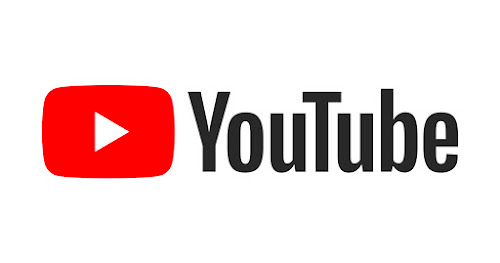Starting in November, YouTube is streamlining ad controls for creators. Instead of individual settings for pre-roll, post-roll, skippable, and non-skippable ads in YouTube Studio, creators will now have the option to enable or disable ads before or after a video.
If ads are enabled, YouTube will determine the appropriate placement, whether it's pre-roll, post-roll, skippable, or non-skippable, according to a notice on a support document authored by "Rob," a member of the YouTube team.
YouTube contends that most creators won't experience a significant impact, as many of these ad formats are already enabled by default. Rob stated, "In the last year, for long-form videos that were enabled for monetization at the time of publishing, more than 90 percent of videos had pre-roll, post-roll, skippable, and non-skippable ads turned on." However, for creators seeking finer control over the types of ads shown to their viewers, this change may be disappointing.
Additionally, YouTube is introducing new options for mid-roll ads. For live streams, creators will have the ability to preview a 60-second countdown before an ad plays, with the option to skip it if they wish to avoid interrupting the stream. Creators hosting live streams will also have the option to delay mid-roll ads for up to 10 minutes. In the coming months, with long-form videos, YouTube plans to offer creators the choice between automated mid-roll ad breaks and manually selected ones; currently, creators can only choose one option or the other.
These YouTube ad updates come in the wake of news about the platform experimenting with longer, less frequent ad breaks on connected TVs. The company has also announced the introduction of 30-second unskippable ads for viewers watching YouTube on connected TVs and is exploring measures to disable videos for users employing ad blockers.
